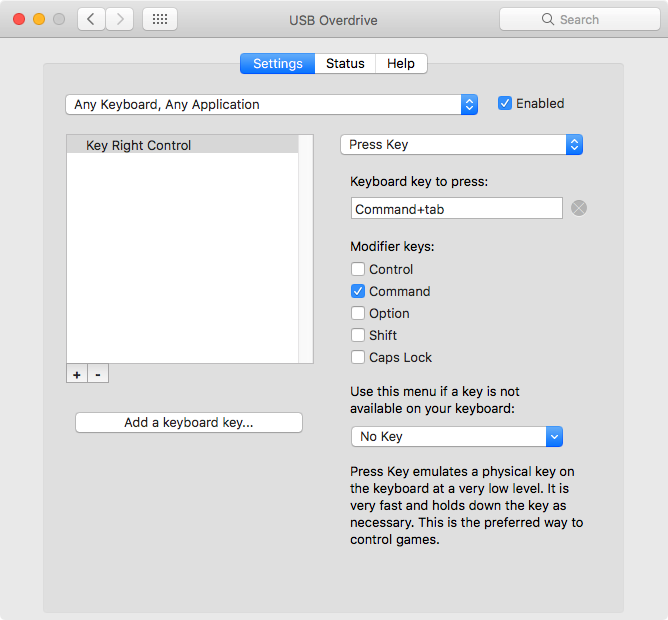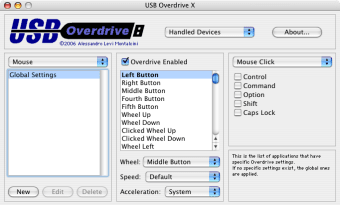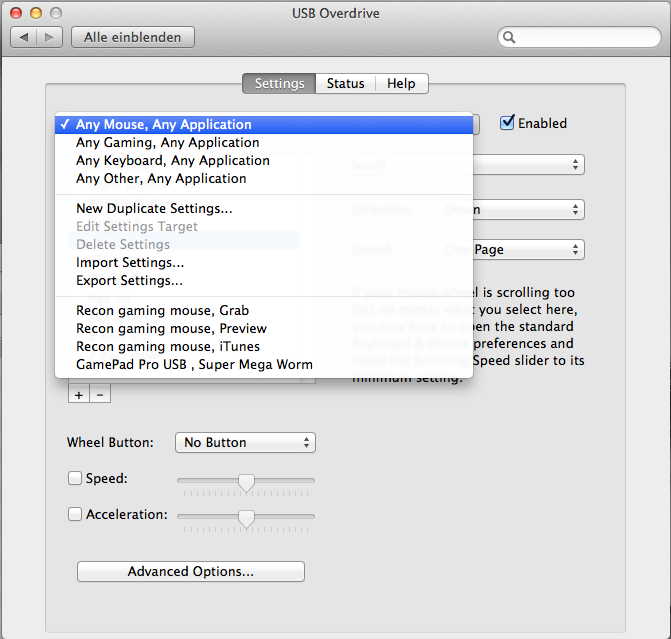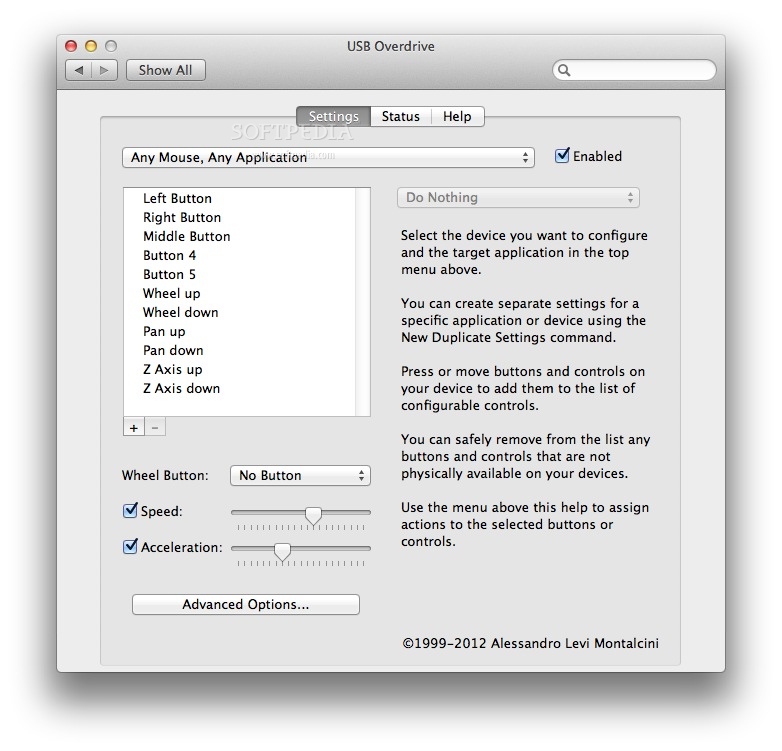
I believe after going through the whole process, you will be much more familiar with your Mac. The following are specific steps for you to fully remove USB Overdrive 3.1. Regards to removals on macOS, keywords shall be Finder, Library, Preference, and Application Support instead. Let’s temporarily isolate other Windows logicality from our mind, forget about the Start menu, Control Panel, Registry Editor, etc. If you don’t deal with them termly, issues would be generated. So there is one thing you can be sure of: too many junks will slow down your computer, and they are accumulating during the operation. Removing the useless applications from your computer is still one of the simplest ways to speed up your system, where everything lives to work, occupying part of the hardware resources including hard drive space and memory. Now go with how to correctly remove USB Overdrive 3.1. If you happen to be a newbie of Mac Computer, take the chance to learn something. This page can help you understand the basic knowledge of system maintenance, guiding you through the confusion of removal problems. You can leave a response, or trackback from your own site.Removals on macOS are quite different from those on Microsoft Windows OS.

You can follow any responses to this entry through the RSS 2.0 feed. On Friday, December 7th, 2007 at 10:15 am and is filed under Macintosh. So if you’ve been frustrated with problems with Mac OS X’s mouse tracking in Mac OS X 10.5, I suggest you give USB Overdrive a try, while waiting for Apple to get its act together and fix the problems in a system update.

I still occasionally see a problem in a long-range mouse movement (with or without dragging), but it certainly seems to occur much less frequently than with the default system setting. Right now I am able to grab a window by its title bar and drag it from the main screen to the secondary screen and back repeatedly with single mouse movements, and I don’t seem to have a problem with Mac OS X 10.5 losing track of my movements and dropping off in mid-flight. The mouse tracking problems are not completely gone, but they certainly seem to be much less frequent.

But this morning I discovered that, if I changed this default value to a specific value set by USB Overdrive itself, such as “ 125%,” then I had far fewer problems with the mouse pointer in Mac OS X 10.5 for long-range mouse movements from one monitor to the other. The value is simply labelled “ System,” and it’s the default value in the “ Acceleration” menu in USB Overdrive. Furthermore, I have now discovered that it seems that USB Overdrive can be used to bypass the mouse tracking problems introduced by Mac OS X 10.5.īy default, USB Overdrive uses Mac OS X’s system value for its own mouse acceleration setting. (With USB Overdrive, you can have application-specific settings, and you can turn off horizontal scrolling with the Mighty Mouse’s scroll ball in contexts where you don’t want to accidentally scroll horizontally.)īut in fact I was able to reproduce the mouse tracking problems in Mac OS X 10.5 even without USB Overdrive. Initially, of course, I suspected some of the third-party software I was using, and more specifically USB Overdrive, which I use because it provides greater control over the behaviour of the various mouse buttons on the Mighty Mouse than what is provided through Apple’s own preference pane. I am also pretty confident that it never occurred before Mac OS X 10.5-certainly not on a systematic basis like it does now. It is quite frustrating, because it happens quite often. I then have to repeat the mouse movement to get Mac OS X 10.5 to complete it successfully. More often than not, in Mac OS X 10.5, when I try to make such a long-range move, either by simply moving the mouse or by moving the mouse with the mouse button down (when attempting to drag something from one monitor to the other, for example), the long-range movement fails, because Mac OS X 10.5 seems to “lose track” at some point and the movement of the mouse pointer on the screen just drops off, typically near the right edge of the main 30″ display. with what happens when I try to make a long-range move from one end of my extended desktop (consisting of a 30″ monitor as the main display and a 23″ monitor as the secondary display on the right-hand side) to the other in a single mouse movement. In a nutshell, the problem in Mac OS X 10.5 appears to be with mouse “acceleration,” i.e.

What I do know is that I seem to have found a way to at least alleviate some of the problems. These problems may or may not be related to other USB-related issues in Mac OS X 10.5 noted earlier. Ever since I started using Leopard, I have been experiencing mouse tracking problems.


 0 kommentar(er)
0 kommentar(er)
